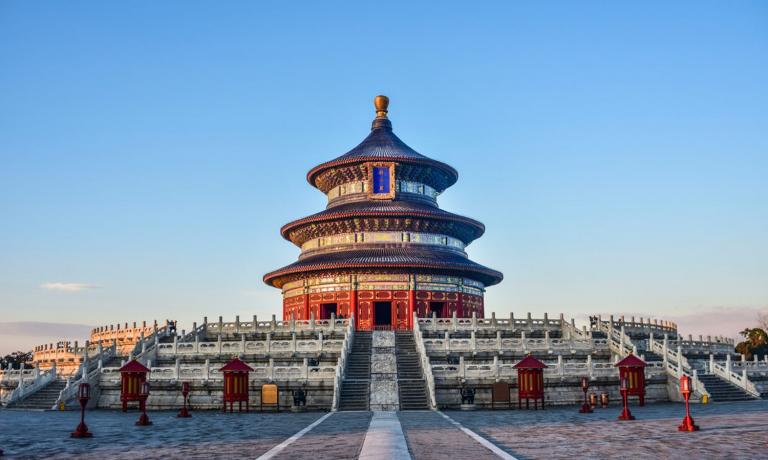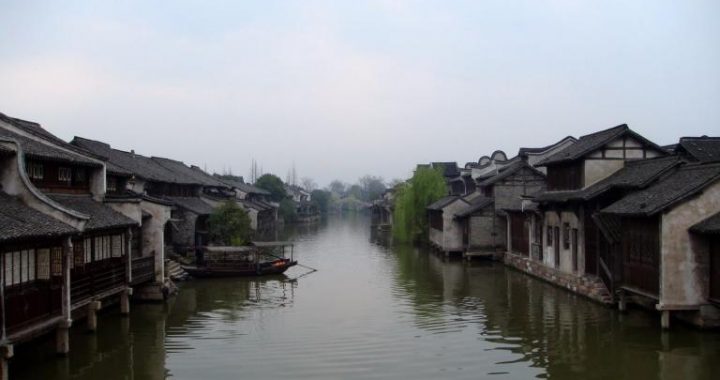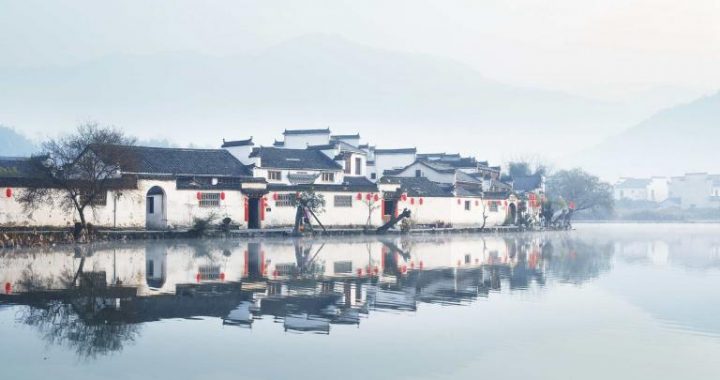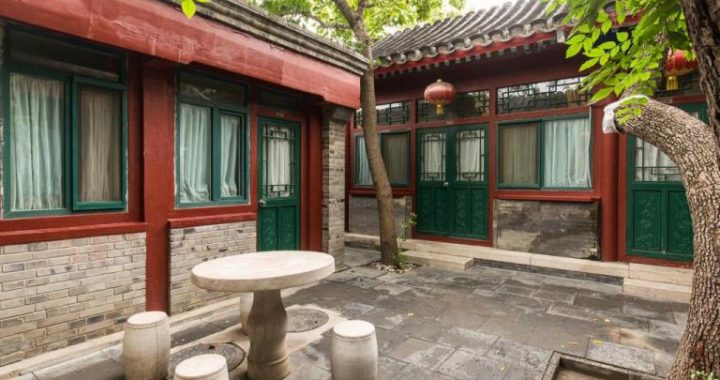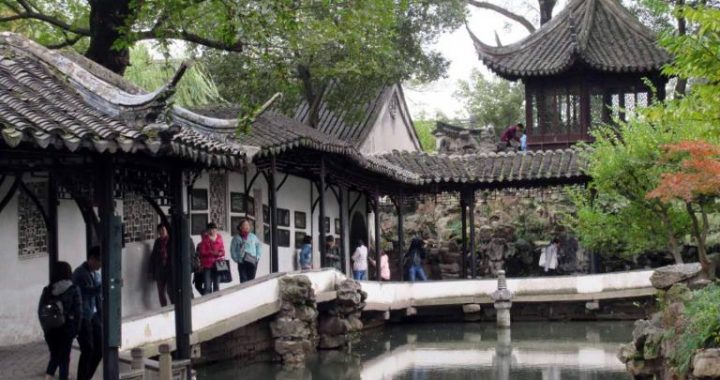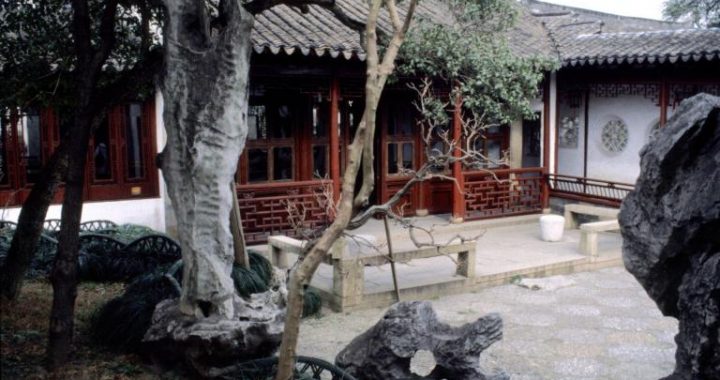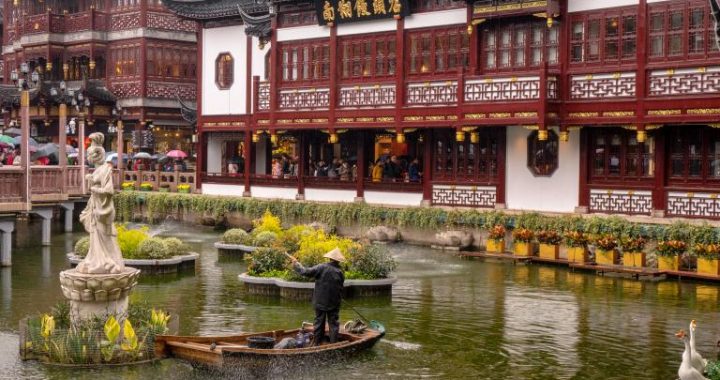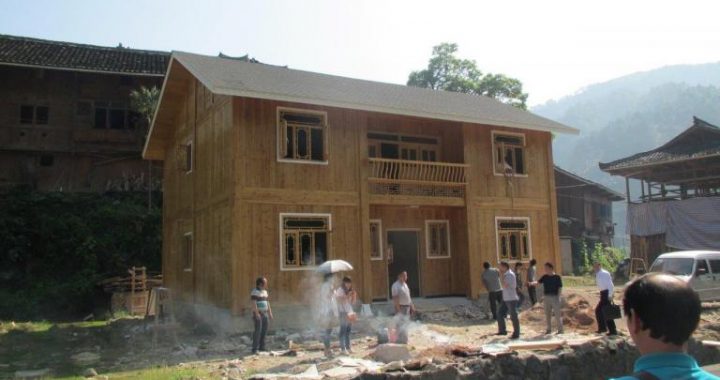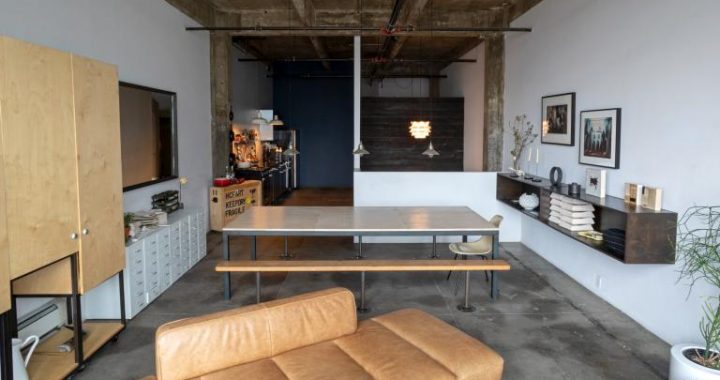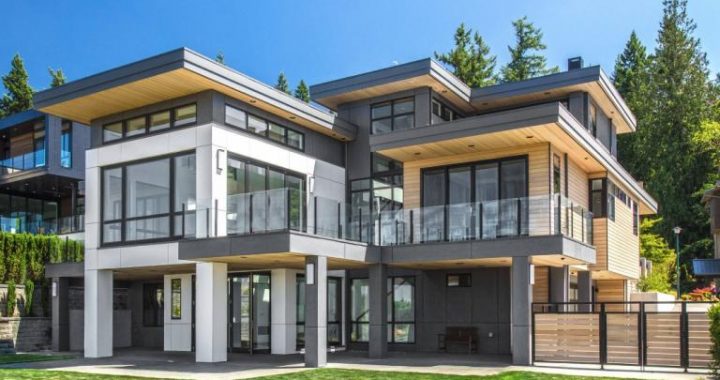Temple Buildings
8 min readWorshipping rites were an important political system of Chinese slave andfeudal dynasties. Worshipping ceremonies included large-scale, medium-scale and small-scale ceremonies, and there were strict and detailed rules on thesacrifices, ceremonial weaponry, dancers, singers and architectural forms for worshipping ceremonies of different scales. The main purpose of temple buildings’ artistic forms was to meet spiritual functions. They should full)manifest the sublimity and greatness of the objects of worship and theholiness and solemnity of worshipping ceremonies. To establish people’s rational cognition of the objects of worship and enhance their holiness, shapesand numbers were often used in temple buildings to symbolize certain political or ethical connotations.
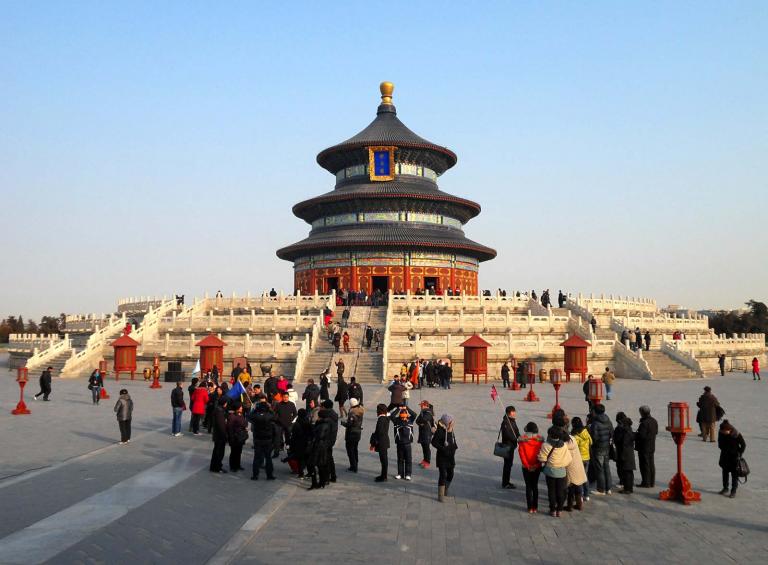
In ancient China, emperors personally attended the most important ceremonies of worshipping heaven and earth, worshipping the god of land andthe god of grain and worshipping ancestors. Therefore, here the referents of temple buildings are mainly the Temple of Heaven, the Temple of Land and Grain and the Royal Ancestral Temple.
Temple of Heaven-Holy Place for Worshipping Heaven In ancient China, emperors were deemed as sons of heaven. Heaven granted them the right to rule the country, so the grandest worshipping ceremony was worshipping heaven. The emperor worshipped heaven on the winter solstice of every year, and must worshipped heaven and earth at the time of enthronement to show he “obeyed heaven’s orders.”The Temple of Heaven for worshipping heaven is located in the south of Beijing City, first built in Dadu City of the Yuan Dynasty. In the Ming and Qing dynasties, emperorsworshipped gods of heaven and earth and prayed for bumper grain harvests here.
The Temple of Heaven is about 1,700 long from east to west and about 1,600 meters from north to south. There are two layers of walls. The walls in the south are round-shaped, and those in the south are square-shaped, symbolizing the ancient saying of “round heaven and square earth.”Cypress trees are planted around the Temple of Heaven. Near the north-south axis and architectural complex, tree tops interlock and set off the solemnity of the worshipping temple.
The main buildings on the central axis are the Round Mound and the Hall of Prayer for Good Harvests. They have their own auxiliary buildings and are linked by the”Danbi Bridge,”a brick path four meters above the ground.
The Hall of Prayer for Good Harvests, called the Hall of Great Sacrifice and the Altar of Prayer for Grain, is located at the north end of the Danbi Bridge.
The Hall of Prayer for Good Harvests is on a three-layer white marble base of the Sumeru throne style with a round plane. There is a magnificent golden top on the triple-eave pyramidal roof. At first, the upper eave was blue, symbolizing the sky, the middle eave was yellow, symbolizing earth, and the lower eave was green, symbolizing all creatures. In the Qianlong Period of the Qing Dynasty, the three eaves were all painted blue to make the hue of the Hall of Prayer for Good Harvests pure, uniform, more solemn and conspicuous.
The body of the hall has 12 eave columns representing the 12 two-hour period and 12 outer golden columns representing the 12 months. Together, they represent the 24 solar terms, and the four golden dragon-coiled columns supporting the dome represent the four seasons. The front yard of the Hall of Prayer for Good Harvests is more than four meters above the ground.
Standing on the three-layer base above the verdant forest, people naturally feel a quiet and solemn atmosphere.
Small auxiliary buildings behind the Hall of Prayer for Good Harvests suchas the Hall of Imperial Heaven, the Divine Kitchen, the Divine Warehouse and the Slaughter Pavilion are all covered or hidden in the forest behind and do not affect the broad field of vision. The Gate of Prayer for Good Harvests is to the south of the Hall of Prayer for Good Harvests. The distance between them was meticulously calculated. If one looks at the Hall of Prayer for Good Harvests from the Gate of Prayer for Good Harvests, it is right in a view frame constituted by the doorposts and the architrave.
The Round Mound is south of the Danbi Bridge. The Round Mound is the place for worshipping heaven, the highest form of worshipping. It was firstbuilt in the th year of the Jiajing Period of the Ming Dynasty (1530), and rebuilt in the 14th year of the Qianlong Period of the Qing Dynasty(1749).
Because sky must be worshipped outdoors on “an altar instead not in a room,”there is only a three-level round stone platform built with “wormwood leaf grey”marble, the premium variety of white marble. This outdoor altar is a special type of Chinese ancient architecture, quite different from Chinese and ancient temple buildings. It shows the expansiveness and vastness of nature instead of pursing the mysteriousness of gods and inhibition; manifests harmony between man and nature through worshipping ceremonies instead of tall and majestic statues of gods.
In ancient China, people thought that the sky represented yang while the earth represented yin, and included odd numbers into the category of yang and even numbers into the category of yin.”Nine”represents the biggest and infinite. In the past, Chinese emperors were called “lords of the nine-five.”In”cloud nine,””ninth heaven,””nine skies,”etc. in Chinese ancient poems,”nine”also has this meaning. Therefore, all sizes and numbers of stones in the design of the Round Mound are odd numbers, and “nine”is the cardinal number of most of them. The top layer of the stone altar is nine zhang(30 meters) in diameter. There are nine circles of fan-shaped stones out of the round stone atthe center of the platform. The first circle consists of nine stones, the second circle consists of 18 stones, and the number increases by nine circle by circle.
The middle layer and the bottom layer also consist of nine circles respectively, and the number of stones in each circle is a multiple of nine. Each layer of the stone platform has four entrances, there are nine steps in front of each entrance, and the number of railing panels also increases with nine as the cardinal number.
To the north of the Round Mound is the Imperial Vault of Heaven where the memorial tablet of”High Ancestor of Bright Heaven”is placed and worshipped.This is an exquisite small building.The Imperial Vault of Heaven with a single-eave round pyramidal roof is surrounded by a circle of tall walls 63 meters in diameter.If one looks at the Imperial Vault of Heaven from the arched doorway built with bricks near the entrance,it forms a complete picture right in the doorframe.Around the Imperial Vault of Heaven is a smoothened-brick circular wall.Because this arc wall was built with great care,it can produce an amazing echoing effect,hence the name”Echoing Wall.”
Temple of Land and Grain-Place for Worshipping the God of Land and the God of Crops.
The Temple of Land and Grain was an important temple of the state forworshipping located to the west of the Wu Gate of the Forbidden City.
Sacrifices were offered in the second month of spring and the second month of autumn to pray for the god’s protection of state power.
The god of land is the god of five kinds of soil-blue soil in the east,red soil in the south,white soil in the west,black soil in the north and yellow soil in the central area,so the altar of the Temple of Land and Grain is covered by soil of five colors brought from various areas as tribute,symbolizing the fiveparts of the territory and meaning”under the sky,nothing isn’t the king’s land”;the god of grain is the god of crops growing on land,i.e.the god of agriculture.Worshipping the god of land and the god of grain showed ancient emperors’power to rule people in the territory and reflected the nature of Chinese ancient society based on agriculture.
The square altar consists of two layers.The surrounding walls are also square,covered by blue,red,white and black glazed tiles in four directions.
The god of land and the god of grain were worshipped outdoors on sunny days,and worshipping ceremonies were held indoors on rainy days.Its direction is the opposite of that of the Temple of Heaven-the altar faces thesouth.Therefore,the hall for offering sacrifices and the hall for worshipping are both to the north of the altar,and the front gate is also in the north.These two halls were built in the early Ming Dynasty.
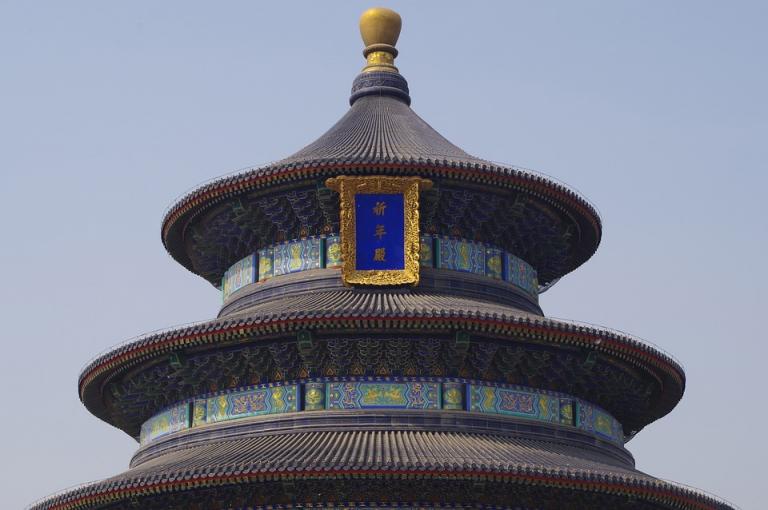
Apart from the Temple of Heaven and the Temple of Land and Grain,there is also the Temple of Earth in the north,the Temple of the Sun in the east,the Temple of the Moon in the west,etc.in Beijing.
All dynasties attached importance to the royal ancestral temple,a building where Chinese emperors worshipped ancestors in ancient times and an important symbol of hereditary imperial power in feudal society.According to traditional rites,the royal ancestral temple should be located to the southeast of the imperial palace(in ancient times,the east was the left and the west was the right)according to the ancient capital layout of”the royal ancestral temple on the left and the temple of land and grain on the right”;grand ceremonies of worshipping ancestors were held here on every New Year’s Day,Tomb-sweeping Day,Day of Ghosts and Day of Longevity.
The royal ancestral temple in Beijing is surrounded by thick walls nine meters tall and highly closed.The gate is in the middle of the south wall covered by glazed tiles,and the white stone base of the Sumeru throne style has abundant architraves and bright colors in sharp contrast with the flat and monotonous walls.Pine and cypress trees have been planted around the royalancestral temple.The high temple in a sea of green trees looks more solemn and nobler.
Because of Chinese people’s traditional view that the soul was immortal,the architectural forms in the royal ancestral temple for worshipping ancestors were arranged according to the pattern of the residence inhabited by emperors before death,i.e.the”imperial court in front and imperial sleeping palace behind”pattern:the main hall was in front for worshipping,and the sleeping hall was at the back,enshrining ancestors’spirit tablets.
The main hall of the royal ancestral temple in Beijing represents the highest form of feudal royal architecture.It is located on a three-layer base and divided into 11 bays under a double-eave hip roof,and the roof is covered by glazed tiles.Its level is the same as that of the Hall of supreme Harmony in theImperial Palace,but its size is smaller.There is a large yard and broad platformin front of the hall for holding ceremonies.There is a dragon chair in the hall.
At the time of worshipping,the memorial tablets representing the emperor’s ancestors were place on it.Memorial tablets were usually kept in the sleeping hall behind the main hall.
The area separated by walls north of the sleeping hall is called”Tiaomiao Temple”where the memorial tables of the emperor’s distant ancestors were kept.
